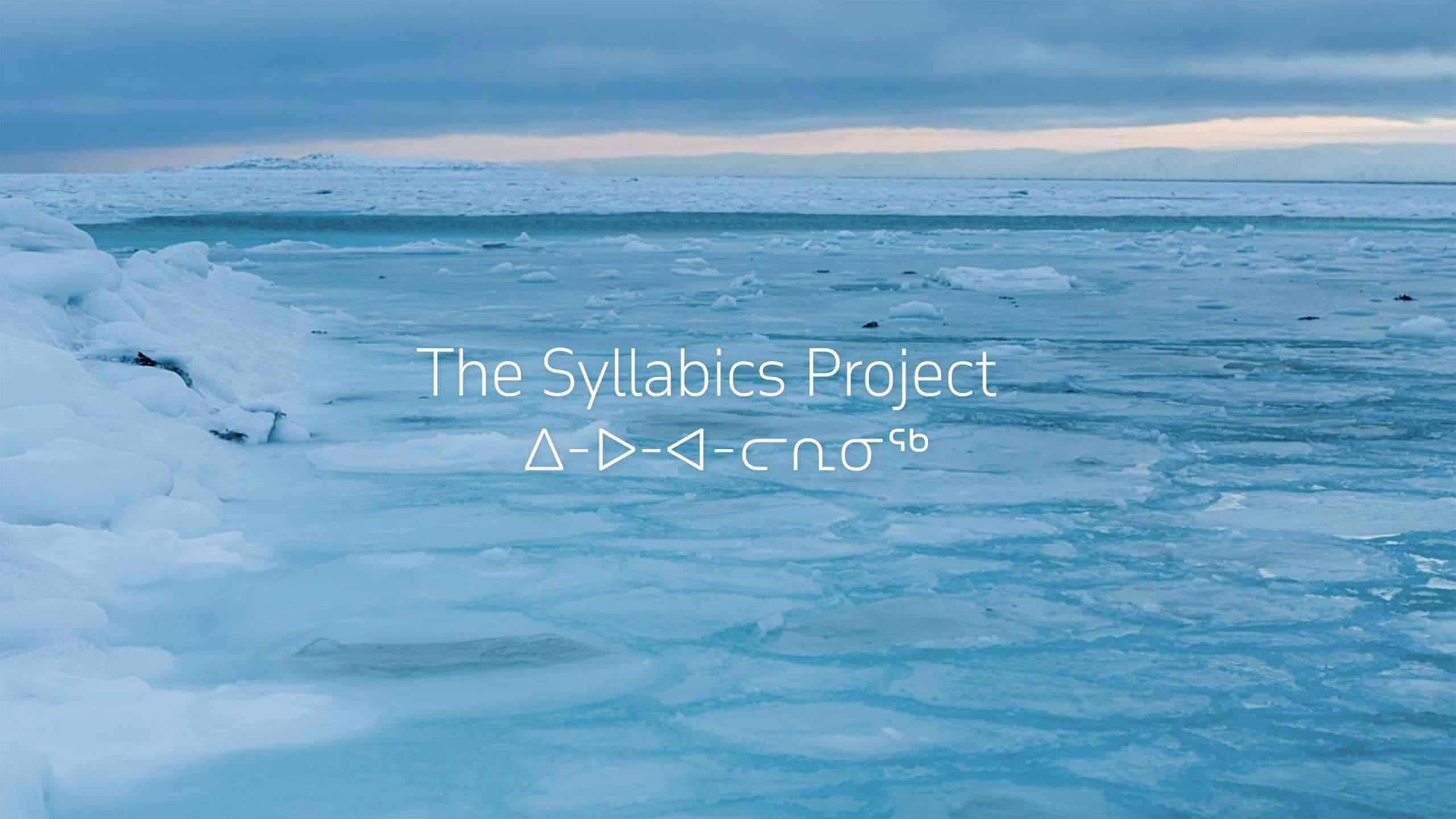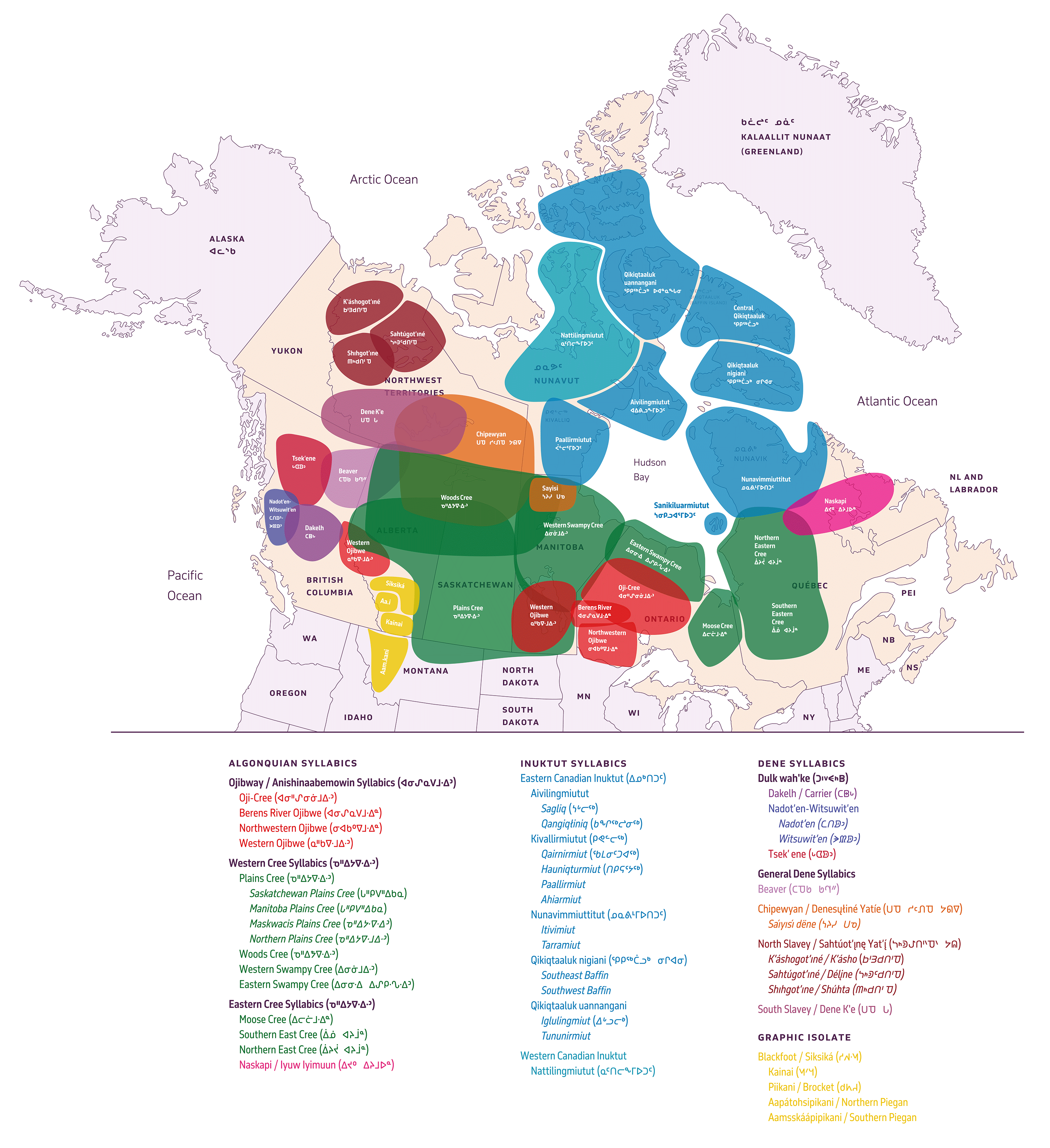North American Syllabics fonts developed in collaboration with Indigenous communities

Typotheque is launching a series of Unified Canadian Syllabics fonts that support Indigenous language revitalisation and preservation efforts in North America, changing the standards of future Syllabics fonts.
After rigorous research and collaboration with Nattilik and Carrier communities in Canada, Typotheque has successfully submitted two proposals to Unicode, the international encoding standard for different languages and scripts. The first proposal was to add missing code points to Unicode, with the second being corrections to the representative glyphs for the Carrier Syllabics in Unified Canadian Aboriginal Syllabics code charts.
While fonts designed for well-defined writing scripts such as Latin allow designers to simply open a new file in the font editor, select a predefined character set and begin drawing, designing typefaces for minority languages is a more complex task.
Typotheque’s researcher and type designer Kevin King conducted an in-depth research into the Unified Canadian Syllabics in preparation for designing future Syllabics fonts. Kevin identified that the Nattilik community in Nunavut, the northernmost territory of Canada, was missing 12 syllabic characters from the Unicode Standard, which means that the Nattilingmiutut text could not be written down. Kevin worked with Nilaulaaq, Janet Tamalik, Attima and Elisabeth Hadlari, and elders of the Nattilik community to prepare a Unicode proposal to encode the missing characters. Only after the acceptance of the proposal by the Unicode Technical Committee could fully functional fonts for the Canadian Syllabics be designed, a process that took two years.

We are now pleased to present eight Syllabic typeface families, a Serif style Lava, a Sans-serif November, November Condensed, November Compressed, rounded fonts October, October Condensed, October Compressed, and stencil fonts November Stencil, with the full Unicode 14 character support.
November Syllabic is a powerful type system comprising three widths and nine weights, optimised for signage purposes, while also working well in small sizes for both continuous reading and use in computer interfaces. Separately, there is also a rounded version of the typeface, called October Syllabic, and a stencil version November Stencil Syllabic, which comes with layering options, thus enabling colours to be introduced.
Lava Syllabic is a typeface that facilitates comfortable reading in small sizes, and it comes with a cursive version, a rare feat for the Syllabic. This essay discusses the development of fonts for secondary use in Canadian Syllabics.
We also collaborated with the Carrier community of central British Columbia, which enabled us to successfully propose corrections to the representative glyphs for the Carrier Syllabics in the Syllabics in the Unicode UCAS code charts.
By preparing these two Unicode proposals and having them accepted, we were able to alter the digital text standard for the Syllabics, and lay a foundation for a truly comprehensive glyph set for our future fonts. Additionally, Kevin conducted research with Indigenous communities to understand their local typographic preferences and correctly render text for the local readers.
Besides publishing innovative and unique Syllabic fonts, this project has also changed the digital text standard in Unicode for all Syllabics typefaces to come. Kevin King has also written a richly illustrated Syllabics typographic guidelines and local typographic preferences.
This project has won numerous awards:
- Dezeen Awards, Graphic design of the year 2022
- Fast Company’s 2022 Innovation by Design Awards, Winner of the Graphic Design category, finalist in the EMEA and General Excellence categories
- Type Directors Club Awards 2022 Winner
- November Type system is also a 2023 Red Dot, Best of the Best winner.